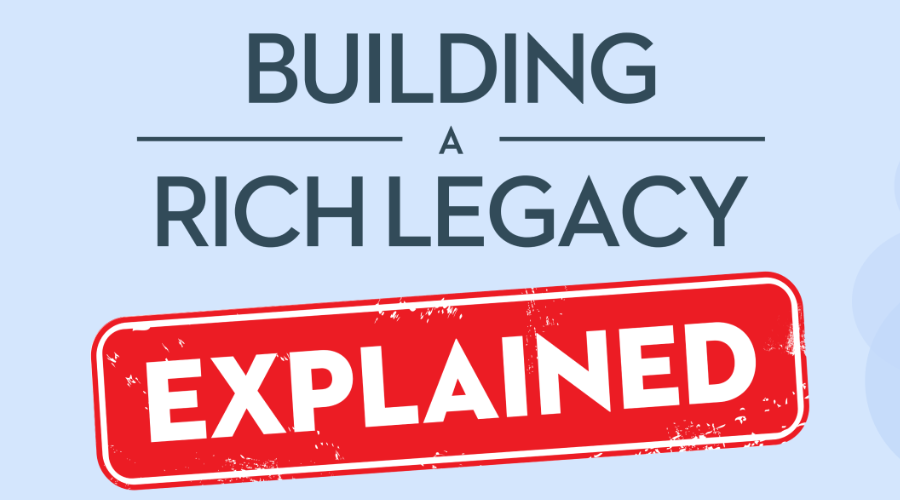Over the next two weeks, we will be running a four-part series looking at the different phases of retirement. This series begins by taking a look at ways to wind down from work and gear up for retirement, before exploring the transition to retired life and how to find a new routine and enjoy retirement your way.
In this first part, we explore how to plan and prepare for the retirement you want.
Stage 1: Gearing up for retirement
You’ve worked hard for decades and the time’s approaching where you can finally retire and enjoy your golden years on your own terms. Although the goal is in sight, the transition from working to retirement can be daunting, so here are some tips to help you prepare for a life of freedom.
Planning retirement your way
Once you retire, you’ll have around 50 extra hours to fill every week. For some people that will be easy, but for others it can be harder to meaningfully fill their time. Now is the time to formulate a plan to help you decide on the type of retirement you want. What will your new sense of purpose be? For many, retirement is a time to relax, indulge in hobbies and spend more time with the grandchildren. For others, retirement is an opportunity to follow a passion – like writing a novel, taking a dream trip or helping a cause that is close to your heart.
Like many other Canadians, you might want to consider “unretirement,” where you begin a completely new career or start your own business. Many Canadians continue working long after “retiring,” to pursue a line of work that they love. Others are taking advantage of the free time that retirement brings to continue their education. The government’s Lifelong Learning Plan (LLP) allows you to make withdrawals from your RRSPs to pay for full-time education for you or your spouse. You can find out more here.
Once you have an idea of how you would like to spend your time in retirement, it’s important to think about how you’ll finance it—and to make sure your funds will last through your golden years.
Creating a post-retirement budget
Thankfully, most retirees have considerably less expenses than when working. They no longer have to pay for commuting costs, work outfits and lunches. And their mortgage is often paid off by now. Making a post-retirement budget will help you to calculate exactly how much you’ll need to finance your dream retirement. As well as listing all of your monthly expenses, include an amount to put aside for your emergency fund. This will be especially important now that you’re on a fixed income. If the total of your costs outweighs your projected income, you may need to trim down your retirement expenses or consider getting a part-time job. Another option is to take out a reverse mortgage, which can help to boost your monthly cash flow.
Deciding on your retirement D-Day
With your retirement plan in order, you can now decide on when you will cash in your RRSPs. Talk to your financial advisor to decide on the best time to convert them into an annuity or RRIF to provide the regular income you’ll need. Now is also a good time to consider when you will start taking the Canada Pension Plan. Although 65 is the usual age for drawing CPP, you can draw on it as early as age 60 (with a 36% reduction) or wait until you hit 70 and get an extra 42%.
Keeping your investments growing
While it may be tempting to keep your retirement savings in safe, fixed income investments like bonds and GICs, the returns are currently low. Dividend-paying stocks are increasingly attractive to retirees, as they boost your investments and provide extra income. Remember, your retirement savings may have to last 20 or even 30 years, so a mix of higher return, higher risk equities and safer, low return fixed income could be a good choice. Your financial advisor can help you decide on the best mixture for you.
Financing retirement your way
Many retirees cite financial independence as a chief concern and if you’ve not saved enough, retirement can be a daunting prospect. If you’re a homeowner, the CHIP Reverse Mortgage® can provide you with either a lump sum or regular payments to supplement your retirement savings so you can retire your way.
The big advantage of the reverse mortgage is that you don’t have to make any regular mortgage payments, so you have considerably improved income. And you get to stay in the home you love. For more information on the CHIP Reverse Mortgage and how it could help you to retire your way, call us at 1-866-522-2447.
Stay tuned for the next article on the four stages of retirement, which focuses on the transition to retired life. We’ll look at ways to make a smooth adjustment into a healthy and sociable retirement.































